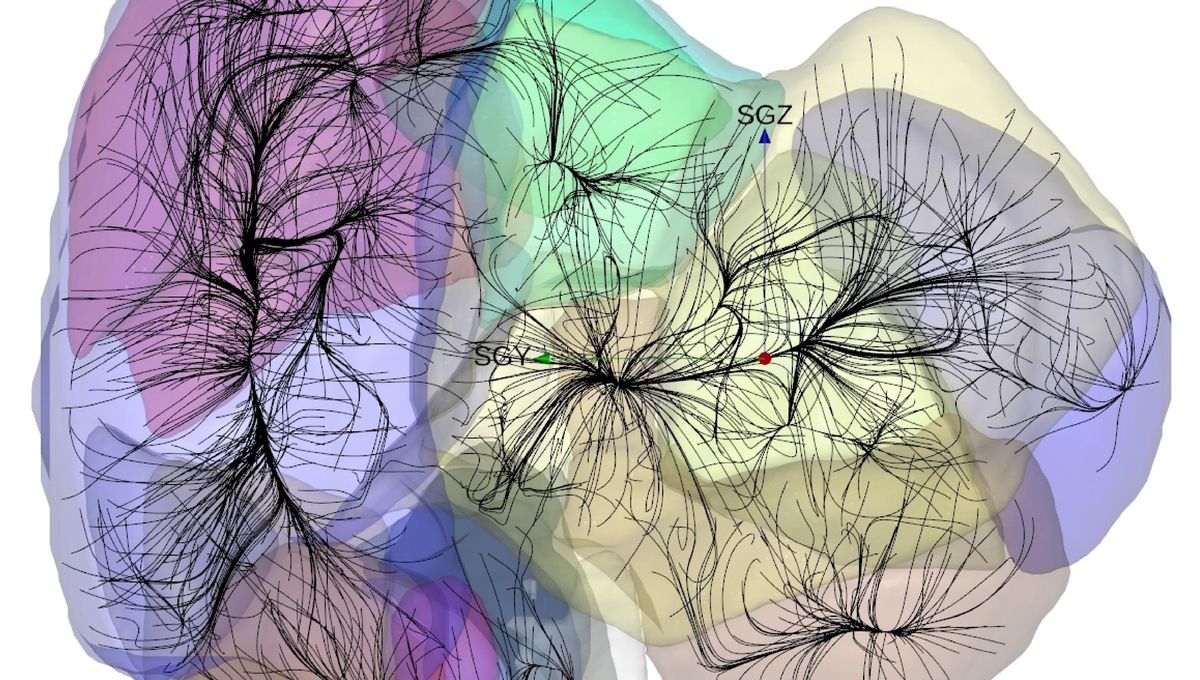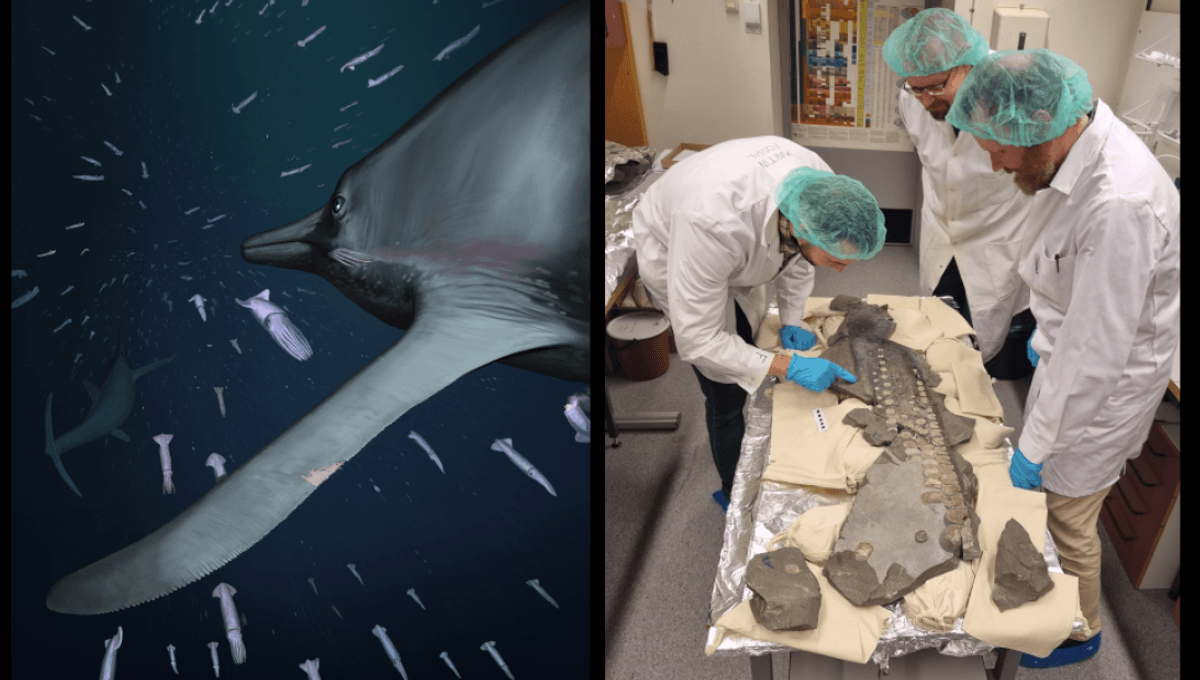T4K3.news
New mini-halo structure found in Abell 3558 cluster
Astronomers reveal a unique mini-halo in the Abell 3558 galaxy cluster, changing our understanding of galaxy dynamics.

A strange radio mini-halo found in the Abell 3558 galaxy cluster surprises astronomers.
New discovery in Abell 3558 galaxy cluster reveals unique mini-halo
Astronomers have recently uncovered a remarkable mini-halo structure within the Abell 3558 galaxy cluster, located about 700 million light-years away. This discovery stems from advanced radio observations using the MeerKAT and the Upgraded Giant Metrewave Radio Telescope, revealing that the mini-halo's size reaches about 1.8 million light-years. The emission power was measured at 68 ZW/Hz at 1.4 GHz, indicating it is one of the largest known radio emissions in any galaxy cluster. The findings suggest a complex interplay of gas dynamics within the cluster, particularly influenced by processes such as gas sloshing and turbulence.
Key Takeaways
"Our findings point to larger-scale sloshing turbulence that could be responsible for the extended structure."
This quote emphasizes the complex nature of the gas dynamics contributing to the mini-halo.
"The mini-halo appears to be confined by cold fronts in the core of the galaxy cluster."
This explains the conditions under which the mini-halo is formed, highlighting its unique features.
This discovery highlights an important aspect of galaxy cluster dynamics and their evolutionary processes. The mini-halo's characteristics suggest that the Abell 3558 cluster is not a static entity but is instead subject to significant turbulence and gravitational interactions. Understanding such phenomena may provide deeper insights into the formation of galaxy structures in the universe. As astronomers continue to study these emissions, they may uncover new mechanisms that govern the evolution of galaxies and their environments.
Highlights
- Abell 3558 challenges our understanding of galaxy clusters.
- This mini-halo could reshape how we view cosmic structures.
- Turbulence in the universe paints a complex picture.
- Astronomy reveals wonders hidden in distant clusters.
Potential for funding cuts in astronomical research
Discovery of the mini-halo may attract criticism regarding resource allocation for space research, impacting funding decisions.
The ongoing research may further unveil the mysteries of galaxy cluster dynamics.
Enjoyed this? Let your friends know!
Related News

New cosmic discovery reveals larger structures

New findings suggest hidden galaxies around Milky Way

Neanderthal butchering methods varied by group

New Exoplanet Discovery Revealed

Meta announces creation of Superintelligence Labs

Astronomers discover new Midpoint cloud in our galaxy

First Soft Tissue Fossil of Giant Ichthyosaur Found

New fossil discovery challenges reptile evolution theories
